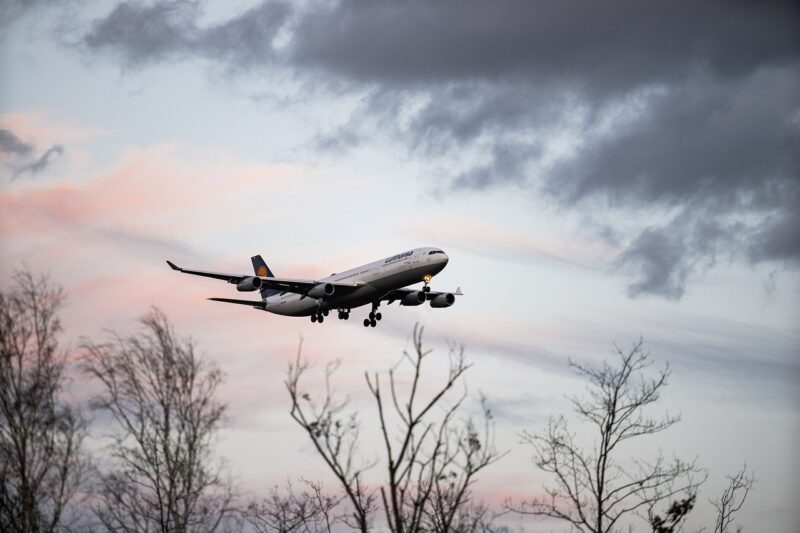
Aviation has always been synonymous with innovation and the relentless pursuit of efficiency, comfort, and safety. Over the decades, advancements in technology have completely transformed air travel—from the introduction of jet engines to the rise of supersonic jets. However, we’re on the cusp of another leap in aviation technology that promises to revolutionize how we fly.
1. Introduction: The Evolution of Aviation Technology
Since the Wright brothers took their first flight in 1903, aviation has undergone remarkable changes. Innovations have consistently pushed the boundaries of speed, altitude, and capacity, resulting in a highly efficient air travel system that connects people worldwide. Today, the industry is well-positioned to embrace some of the most exciting technological advancements, which will enhance the flying experience and create a more sustainable future for air travel.
2. Electric and Hybrid Aircraft: A Green Revolution
One of the most groundbreaking changes in aviation technology is the shift toward electric and hybrid aircraft. As concerns about climate change grow, the aviation industry is focusing on reducing its carbon footprint. Electric aircraft, powered by batteries, promise to revolutionize short-haul flights by reducing emissions and noise pollution.
Benefits of Electric and Hybrid Aircraft:
- Reduced Emissions: Electric and hybrid technologies can significantly cut greenhouse gas emissions and reliance on fossil fuels.
- Lower Operating Costs: The operational cost per flight could decrease, providing financial benefits for airlines.
- Quieter Flights: Electric engines are much quieter than traditional jet engines, enhancing comfort for passengers and reducing noise in urban areas.
Several prototypes are in development, with companies like Ampaire and Joby Aviation leading the charge. As battery technology advances, expect to see electric aircraft entering the market in the next decade, impacting regional flights significantly.
3. Autonomous Flights and AI Integration
The future of aviation could also involve autonomous flight technology, leveraging artificial intelligence to manage various aspects of flying. While completely pilotless commercial flights may still be far off, advancements in AI technology can enhance pilot support systems and improve safety features.
Key Features of AI in Aviation:
- Enhanced Safety: AI can assist in decision-making during emergencies, analyzing vast amounts of data to suggest optimal responses.
- Improved Efficiency: AI algorithms may recommend the most fuel-efficient flight paths, helping airlines save on fuel costs.
- Predictive Maintenance: Predictive analytics can anticipate equipment failures, allowing airlines to conduct maintenance before issues arise, reducing downtime.
Major players in the aerospace industry, including Boeing and Airbus, are investing heavily in research and development of autonomous flight technologies, setting the stage for more efficient and safe air travel.
4. Supersonic Travel: The Return of Speed
After the Concorde retired in 2003, supersonic travel seemed to be a lost dream. However, recent developments are reigniting interest in this technology, with several companies now working on new supersonic jets designed for commercial travel.
Advantages of Supersonic Travel:
- Time Savings: The most obvious benefit is the ability to reduce flight times significantly. For instance, a flight from New York to London could take just over three hours.
- Comfort and Luxury: New designs focus on not just speed but also passenger experience, with amenities and space that exceed current first-class offerings.
Companies like Boom Supersonic are developing aircraft like the Overture, which aims to fly at speeds of Mach 1.7 while being environmentally conscious and economically viable.
5. Urban Air Mobility: The Rise of Air Taxis
Urban air mobility (UAM) is becoming a reality, with the proliferation of air taxis and personal aerial vehicles aimed at easing urban congestion. As cities grow, traditional ground transport often struggles to keep up. UAM relies on small electric vertical takeoff and landing (eVTOL) aircraft to transport passengers across short distances.
Benefits of Urban Air Mobility:
- Reduced Congestion: Air taxis can dramatically reduce the travel time for short trips by bypassing ground traffic.
- Innovative Infrastructure: New landing pads and vertiports would be integrated into urban environments, transforming city landscapes.
Companies such as Uber Elevate and Volocopter are leading the charge, promising pilot programs within the next few years that will bring this technology closer to reality.
6. Enhanced Passenger Experience through Immersive Technologies
Airlines are increasingly turning to technology to enhance the passenger experience. Innovations such as virtual and augmented reality can revolutionize how passengers interact with the travel process.
Features of Enhanced Passenger Experience:
- Virtual Reality (VR) Boarding: Airlines can use VR to simulate boarding experiences, reducing anxiety and confusion.
- Augmented Reality (AR) Navigation: AR apps can assist passengers in navigating airports, making travel more seamless.
- Personalized In-flight Entertainment: AI-driven content recommendations can enhance in-flight entertainment based on passenger preferences.
The use of such technologies is intended to create a more pleasant and engaging travel experience for passengers, ensuring their journey is enjoyable from start to finish.
7. Conclusion: The Sky’s the Limit
As technology continues to evolve, so too will the aviation industry. The integration of electric and hybrid aircraft, autonomous flight systems, supersonic travel, urban air mobility, and enhanced passenger experiences will shape the future of air travel. With these innovations on the horizon, the possibilities seem limitless.
Air travel is poised to become faster, more sustainable, and increasingly accessible, making it an exciting time for aircraft designers and travelers alike.
Meanwhile, passengers can look forward to the days when their air travel experience will be fully transformed by mind-blowing technology. Embracing innovation and sustainability will ensure that the skies remain open for future generations, promising an exciting flight ahead.







